 Be Inspired Blog - Arizona
Be Inspired Blog - Arizona
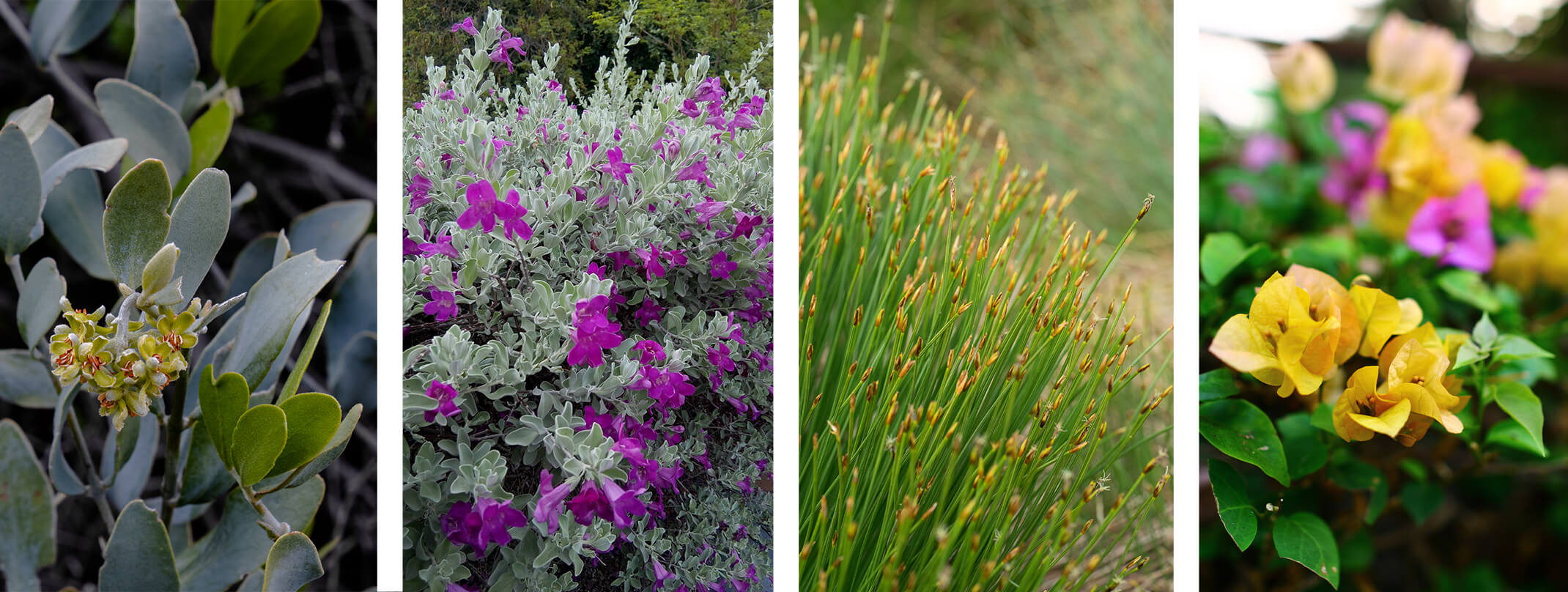
How Healthy Are Your Plants' Roots?
A healthy root system is vital for all plants to live their best lives. The roots are the heartbeat of every flower, shrub, and tree. For healthy, beautiful plants, it's important that we understand how healthy roots work, what they look like, and how we can take care of them.
How Do Plant Roots Work?
Have you ever wondered what goes on beneath the soil surface? Plant roots are fascinating, complex, and hardworking structures that are responsible for:
- Absorbing water and nutrients to support healthy plant growth
- Responding to environmental stress by stimulating strong stems and more vigorous growth
- Holding together soil to prevent it from washing away in the rain, a process known as erosion
- Interacting with soilborne organisms, which helps to build a healthy underground ecosystem
What Do Healthy Roots Look Like?
The trouble with root systems is that they're hidden from sight! Unlike spotting an issue with a plant's leaves or stems, it's not always obvious if your plants' roots are in good shape. However, there are a few pretty good clues that your plant, and its roots, are happy and healthy, including:
- The plant is producing vibrant, healthy-looking leaves
- New buds are forming on the stems
- Buds are blooming into colorful flowers
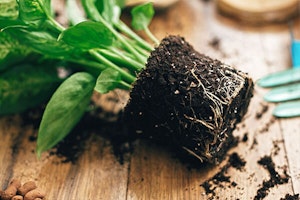
Before buying your plants, check for evidence of healthy roots by inspecting the plant carefully. Do the leaves appear healthy, or are they yellow, limp, or discolored? Does the plant appear to have new top growth, or does it seem to be struggling? We always recommend choosing plants that look great from top to bottom—that's why we guarantee success!
The best opportunity to check a plants' roots is during repotting. You can do this while transferring a new plant from its nursery container to a pretty pot or garden bed, or while moving a rootbound plant into a larger pot.
Signs of healthy roots include:
- White or tan color with fleshy white tips
- Firm, plump texture
- An appropriate length for the plant type and size
However, you might be dealing with unhealthy roots if you notice:
- Discolored, yellowish-brown roots
- Limp, soft texture
- Roots that easily fall apart or crumble
Keeping Plant Roots Healthy
When your plant has healthy roots, you'll naturally want to keep them that way! Watering habits, soil quality, and your choice of container all play very key roles in maintaining the health of your plant roots.
Watering
When it comes to water, more isn't necessarily better. Plants do best when they get the right amount of water at the right time. When a plant is overwatered, the roots are at risk of "drowning," and when not watered enough, the plant will begin to wilt.
To learn more about watering plants in containers, read our blog Common Misconceptions About Watering Plants in Containers.
Ideally, a new outdoor plant should be watered daily with a short drink to help it adjust to its new environment. However, once the plant is established, it should be watered less often, but more deeply. This encourages the root system to grow wide and deep as it searches for a source of groundwater.
You can often guess when it's time to water based on the soil lightening in color as it starts to dry. However, the best way to know for sure is to use a moisture meter, a simple and inexpensive device that monitors the soil's moisture level. Using these meters can help you stay consistent with your watering schedule.
What Does it Mean for a Plant to be "Established"?
A plant is considered "established" when it starts producing new growth in its environment. Perennials and shrubs may take a year or more to become fully established, and trees can take up to three years to become fully established.
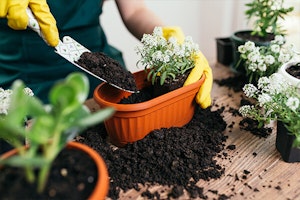
Soil Mix
Soil is the home of plant roots! The same way we all want a comfortable place to live, your plants want a cushy space to stretch out and settle in. Fortunately, plants don't need any fancy furniture or appliances—they just need appropriate drainage and enough nutrients to keep them sustained. Choosing the right soil mix is key for keeping your plant, and its roots, as happy as possible!
If you're a beginner plant parent, it's important to note that not all soil mixes are created equal. Succulents have different soil needs from vegetables, and orchids have different soil needs than roses. No matter what kind of plants you have, there's an ideal soil mix to go with it! At SummerWinds, we carry a variety of soil mixes by quality brands like E.B. Organics and FoxFarm. Learn more about our soil mixes and other soil products here.
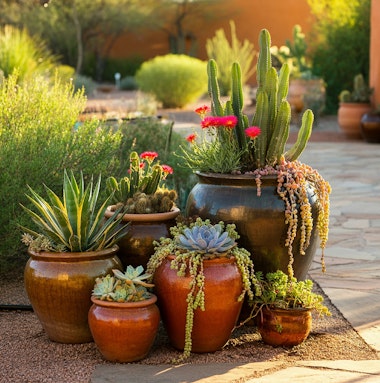
Choosing a Pot
Drainage is key to ensure your plants don't sit in standing water, so a pot with drainage holes is crucial. If you're planting in pots, even the best soil mix and most consistent watering routine won't do much good if water can't drain from the pot. If you've fallen in love with a pot that doesn't have drainage holes, we recommend nestling the nursery pot inside so you can easily remove the plant and discard excess water as needed.
You can also try adding drainage holes on your own with a drill bit. To add drainage holes to metal or plastic containers, you can use a standard drill bit. For unglazed clay or terra cotta, opt for a masonry bit. Delicate materials, like porcelain or ceramic, are more difficult to drill into without breaking the pot, and a glass or tile drill bit should be used on these surfaces. Start with the smallest bit first and gradually increase the hole size with larger bits until the drainage holes allow water to pass through freely. Depending on the size of the container, two to four drainage holes are typically sufficient. Make sure the holes are positioned in the lowest areas of the pot, where water naturally pools.
When moving your plant into a new pot, you'll be handling the roots, so go slow and steady. Water the pot fifteen minutes to an hour before repotting; this makes the root ball easier to remove and reduces root stress during the transition. When it's time to repot, tilt the old pot to the side to slide out the root ball gently. Carefully massage the roots to loosen them and release old soil, using a light hand to avoid breakage. Plant according to nursery tag recommendations—or additional recommendations you may have received from one of our Trusted Garden Advisors—and finish by watering your plant again.
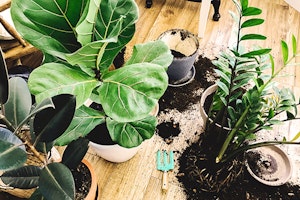 Organic & Synthetic Fertilizers
Organic & Synthetic Fertilizers
Roots are more than living drinking straws! They also absorb nutrients to "feed" your plants. Organic matter is important to maintaining healthy soil because it breaks down slowly and releases the nutrients your plants need to survive. For garden beds, we use many different kinds of organic matter to improve nutrient availability, tilth, and aeration in the soil, such as:
- Compost
- Manure
- Worm Castings
- Bat Guano
These nutrient-dense organic materials are great for feeding the soil of garden beds and borders, but they're often too slow-acting to feed potted plants. In pots, the soil and soil nutrients are very limited, so faster-acting synthetic fertilizers are sometimes needed to keep your plants well-fed. Just like with soil mixes, different fertilizers are appropriate for different plants. Consult with a SummerWinds team member to find the right fertilizers for you!
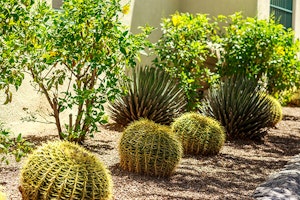
Keeping Roots Protected
After you've finished a new planting outdoors, your work is not done! Particularly here in the Arizona heat, your plants' roots will need protection from the sun. A generous layer of mulch helps prevent the evaporation of moisture from the soil, reduces weed competition, and insulates roots from our blazing summer weather. Apply a 2-3 inch layer around the root ball area, avoiding the stems of your plant. Choose an organic mulch, like wood chips, which break down over time and help build the soil quality.
If you take great care of your roots, healthy plants are sure to follow! Visit us at one of our Arizona SummerWinds locations for more great gardening products, information, and inspiration.

